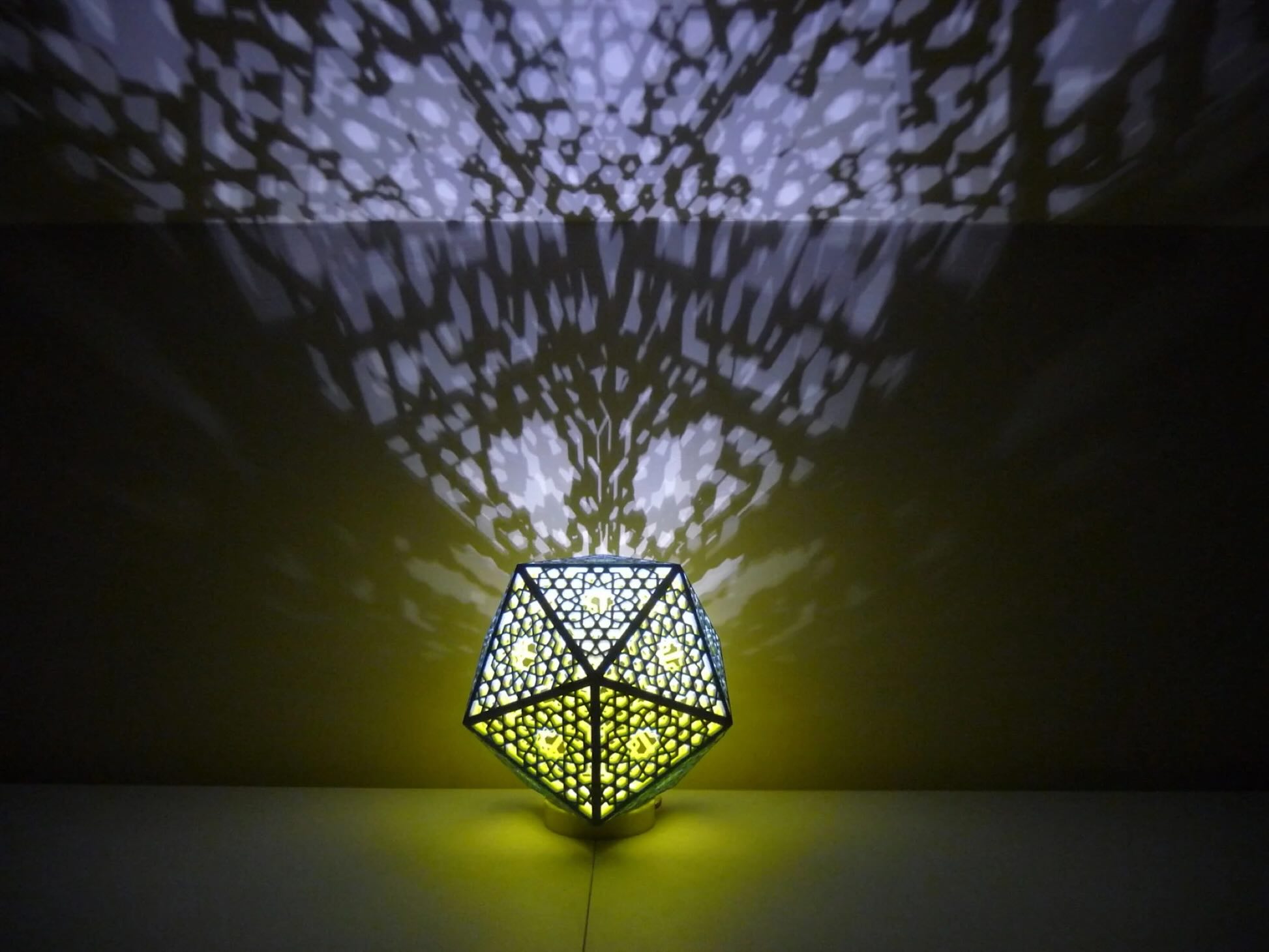
What is an icosahedron? An icosahedron is a three-dimensional shape with 20 triangular faces, 30 edges, and 12 vertices. This geometric marvel belongs to the family of polyhedra, specifically the Platonic solids. Each face of an icosahedron is an equilateral triangle, making it highly symmetrical and aesthetically pleasing. Icosahedra can be found in various fields, from mathematics and architecture to biology and chemistry. For instance, many viruses, like the common cold, have icosahedral structures. This shape also appears in gaming dice, art, and even in the design of certain molecules. Dive into these 40 intriguing facts to learn more about this fascinating shape!
Icosahedral Geometry Basics
Icosahedral geometry is fascinating. It involves shapes with 20 faces, usually equilateral triangles. Let's dive into some intriguing facts about this geometric wonder.
- An icosahedron has 20 faces, 30 edges, and 12 vertices.
- The word "icosahedron" comes from the Greek words "eikosi" (twenty) and "hedra" (seat or face).
- Each vertex of an icosahedron connects five edges.
- The icosahedron is one of the five Platonic solids, which are convex polyhedra with identical faces of regular polygons.
- The icosahedron has the highest number of faces among the Platonic solids.
- If you inscribe an icosahedron in a sphere, each vertex touches the sphere's surface.
Icosahedral Symmetry
Symmetry in icosahedral shapes is both beautiful and complex. Here are some facts about their symmetrical properties.
- Icosahedral symmetry is denoted as Ih in mathematical notation.
- This symmetry group includes 120 different operations, such as rotations and reflections.
- The icosahedron has 15 axes of symmetry.
- There are 10 planes of symmetry in an icosahedron.
- Icosahedral symmetry is also found in nature, such as in certain viruses and crystals.
Icosahedral Structures in Nature
Nature loves icosahedral shapes. They appear in various forms, from tiny viruses to large crystals.
- Many viruses, like the adenovirus, have icosahedral capsids.
- Some radiolarians, a type of protozoa, have skeletons with icosahedral symmetry.
- Quasicrystals, which are a type of solid, can exhibit icosahedral symmetry.
- The fullerene molecule, also known as buckyball, is an example of icosahedral geometry in chemistry.
- Certain types of pollen grains have icosahedral shapes.
Mathematical Properties of Icosahedra
The mathematical properties of icosahedra are as intriguing as their shapes. Here are some cool facts.
- The surface area of an icosahedron can be calculated using the formula (5sqrt{3}a^2), where (a) is the edge length.
- The volume of an icosahedron is given by (frac{5(3+sqrt{5})}{12}a^3).
- The dihedral angle between any two faces of an icosahedron is approximately 138.19 degrees.
- An icosahedron can be divided into 20 equilateral triangles.
- The circumradius (radius of the circumscribed sphere) of an icosahedron is (frac{sqrt{10+2sqrt{5}}}{4}a).
Icosahedral Applications
Icosahedral shapes aren't just for math enthusiasts. They have practical applications in various fields.
- In architecture, geodesic domes often use icosahedral geometry for stability and strength.
- Game designers use icosahedral dice, known as d20, in role-playing games like Dungeons & Dragons.
- Chemists study icosahedral clusters in metallic compounds.
- Astronomers use icosahedral grids to map the sky in certain types of telescopes.
- Artists and designers often use icosahedral shapes for aesthetic purposes.
Fun Facts About Icosahedra
Let's look at some fun and quirky facts about icosahedra that might surprise you.
- The Great Icosahedron is a non-convex shape with 20 intersecting triangular faces.
- Leonardo da Vinci illustrated an icosahedron in his book "De Divina Proportione."
- The Rubik's Snake can be twisted to form an icosahedron.
- In the game of soccer, the traditional ball design is a truncated icosahedron.
- The icosahedral die is one of the oldest known dice shapes, dating back to ancient Egypt.
Icosahedral Variants
There are several interesting variants of the icosahedron, each with unique properties.
- The truncated icosahedron has 12 pentagonal and 20 hexagonal faces.
- The snub icosahedron has 80 triangular faces.
- The great stellated icosahedron is a star polyhedron with 20 triangular faces.
- The compound of five tetrahedra forms an icosahedral shape.
- The rectified icosahedron has 32 faces: 20 triangles and 12 pentagons.
Icosahedral Challenges
Working with icosahedral shapes can be challenging but rewarding. Here are some challenges and their solutions.
- Constructing a physical model of an icosahedron requires precise measurements and angles.
- Ensuring symmetry in an icosahedral design can be difficult but is crucial for stability.
- Calculating the exact volume and surface area of an icosahedron requires understanding advanced geometry.
- Creating icosahedral structures in software design involves complex algorithms and programming skills.
Final Thoughts on Icosahedral Shapes
Icosahedral shapes are more than just geometric wonders. They pop up in nature, architecture, and even viruses. These 20-faced figures have fascinated mathematicians and scientists for centuries. From the structure of certain viruses to the design of futuristic buildings, icosahedrons show up in surprising places. They’re not just pretty shapes; they have practical uses too. Understanding these shapes can give us insights into the natural world and inspire innovative designs. Next time you see a soccer ball or a complex molecule, remember the icosahedron’s role. It’s a reminder of how geometry influences our daily lives in ways we might not always notice. So, keep an eye out for these fascinating forms—they’re everywhere if you know where to look.
Was this page helpful?
Our commitment to delivering trustworthy and engaging content is at the heart of what we do. Each fact on our site is contributed by real users like you, bringing a wealth of diverse insights and information. To ensure the highest standards of accuracy and reliability, our dedicated editors meticulously review each submission. This process guarantees that the facts we share are not only fascinating but also credible. Trust in our commitment to quality and authenticity as you explore and learn with us.
